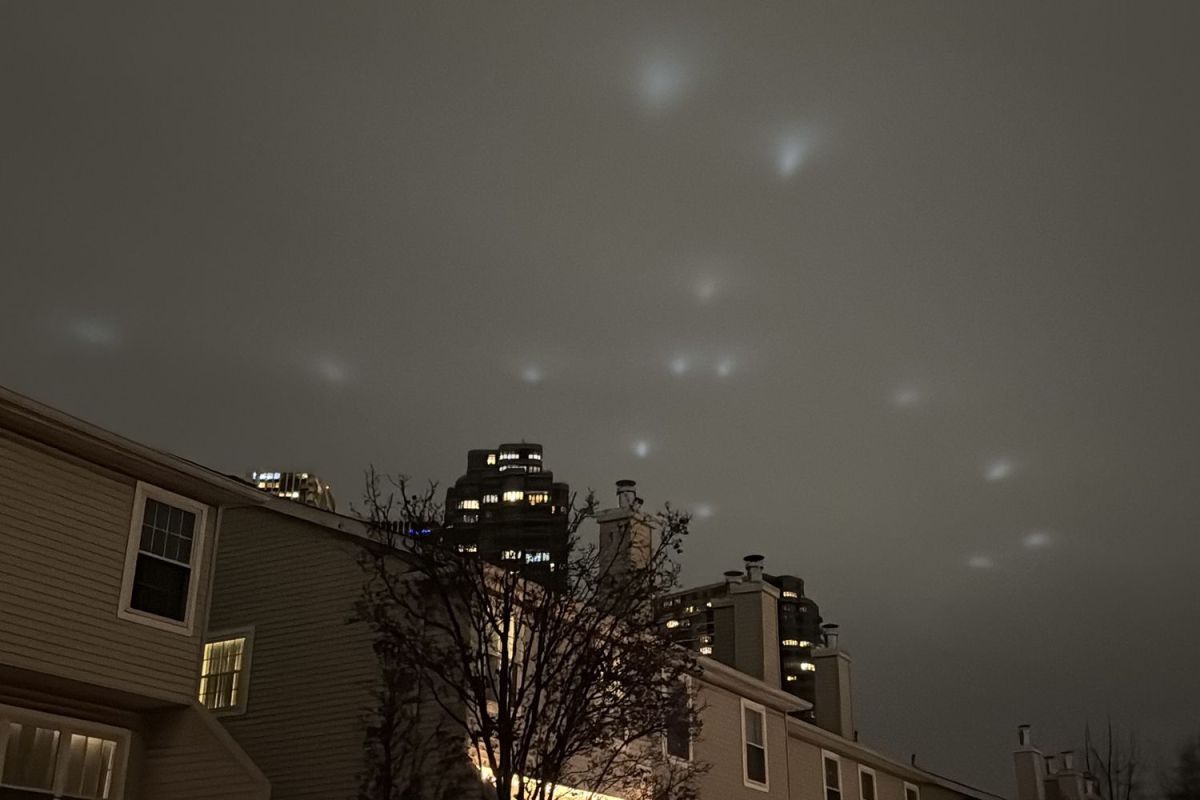Wright-Patterson Air Force Base ‘Drone’ Reports: Uncovering the Truth and Key Learnings
Recent headlines have spotlighted mysterious ‘drones’ allegedly hovering over secure U.S. Air Force bases. Among these tales, the reports of drone incursions at Wright-Patterson Air Force Base (WPAFB) in Ohio stand out. Interestingly, many of these reports, it turns out, didn’t involve drones at all but rather commercial aircraft, misidentified even by seasoned observers. In this article, we aim to clarify the facts, dispel inaccuracies, and explore implications for pilots, hobbyists, and those engaged in the drone industry.
The ‘Drone’ Conundrum at Wright-Patterson: An Overview
Wright-Patterson Air Force Base is an essential asset for the U.S. Air Force, housing both the Air Force Research Laboratory and the National Air and Space Intelligence Center. Consequently, when reports emerged of unidentified drones flying around the base, officials treated the situation with utmost seriousness. This led to extensive investigations and significant public concern.
In December 2024, sightings of multiple small UAVs over WPAFB caused a temporary closure of the airfield. These sightings, described by various witnesses as ‘drones of various sizes and configurations,’ further fueled the confusion and anxiety. Similar incidents followed at other military locations both nationally and globally, prompting immediate investigations by the Department of Homeland Security and the FBI.
Unveiling the Reality: Planes or Drones?
Thanks to thorough analysis by Mick West and the community at Metabunk—a group dedicated to investigating claims—the narrative began to shift. Detailed examinations including radar data and flight tracking revealed that many of these ‘drone’ sightings were, in fact, commercial airplanes following their scheduled paths.
Mick West’s methods employed open-source tools to correlate ‘drone’ reports with known flight paths. The sightings matched those of aircraft rather than drones, highlighting the importance of accurate report verification. Metabunk also offers its software to the public, allowing individuals to independently verify aerial sightings, promoting transparency.
Why the Confusion? Understanding Drone Misidentifications
The situation at Wright-Patterson is not isolated; across the U.S., ‘drone’ sightings increase annually, especially in sensitive areas. Several factors contribute to misidentifications:
- Optical Illusions & Perspective: During low-light conditions, aircraft lights can appear misleading from the ground.
- High Drone Awareness: Media portrayal often primes people to suspect drones first.
- Technology Limitations: Many military sites lack advanced drone detection capabilities, complicating identification.
Strategies for Addressing Drone Threats
Despite false alarms, the genuine risk posed by UAVs around secure zones remains significant. Various measures are being implemented:
- Military Preparedness: Initiatives like NORTHCOM’s mobile ‘flyaway kits’ with counter-UAS capacities are being deployed nationwide.
- Law Enforcement Collaboration: Coordination between local police and military security to manage airspace security.
- Federal Investigations: Agencies have conducted numerous investigations, balancing safety and privacy.
An example of these efforts is the statistic that shows out of over 5,000 drone sightings reported in late 2024, only about 100 warranted federal investigation.
The Risks of Incorrect Assumptions
The increase in counter-drone technology use raises significant safety issues. Incorrect engagement with commercial aircraft could lead to disaster. This issue is not merely hypothetical; instances of wrongful deployments against crewed planes have been documented, emphasizing the need for cautious and validated responses.
Guidance for Drone Operators and Enthusiasts
For those involved in drone activities near sensitive zones:
- Understand Regulations: Operating near military zones without authorization violates FAA rules, inviting severe penalties.
- Monitor Air Notices: Always check for Notices to Airmen and Temporary Flight Restrictions before flying.
- Ensure Visibility: Use high-visibility equipment and proper settings to avoid misinterpretation.
- Engage Locally: Communicate with authorities if there is uncertainty about regulations.
For base residents or observers:
- Avoid Assumptions: Most sightings are commercial aircraft, not drones.
- Report With Care: Provide detailed observations to security or law enforcement when necessary.
- Stay Updated: Many drone reports are resolved as harmless sightings.
The Broader Context: Navigating the Drone Era
Wright-Patterson’s incident reflects wider airspace challenges as drones continue to evolve:
- Security Authority Concerns: There’s anxiety about potential threats and disruptions from drones.
- Pilot and Enthusiast Objectives: Safe and legal operation is the main focus, without risking false accusations.
- Public Perception: The blending of intrigue with apprehension contributes to the broader narrative.
Advancing public knowledge and enhancing technology for monitoring and identification is essential for harmonizing drone integration into airspace.
In Conclusion: Towards a Safer, More Informed Sky
Ultimately, incidents at Wright-Patterson highlighted the misconception of airborne threats and underscored the importance of embracing coordination, advanced technology, and understanding. Building mutual trust across the aviation community is key to navigating the complexities of drone operations.
For those keen on contributing to public discussions or exploring aerial dynamics, resources such as Mick West’s open-source tools are invaluable. Transparency and education remain vital for trust-building in the drone industry.
Therefore, next time there’s a buzz about a ‘drone incursion,’ take a moment to verify—there’s a good chance the alarm is about a routine commercial flight with no sinister intent.
Be vigilant, fly responsibly, and continue to marvel at the marvels—both technological and natural—that soar above us.













